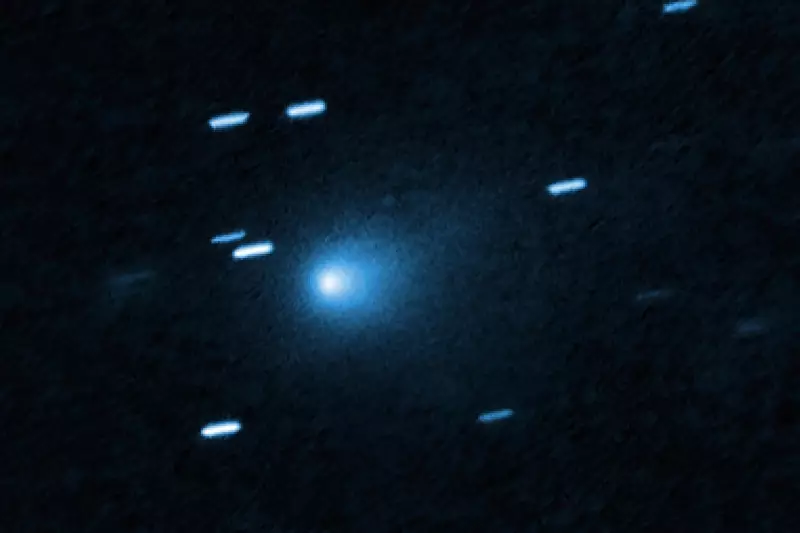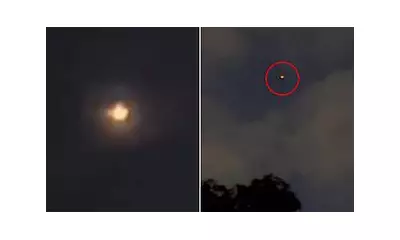
In a development that sounds more like science fiction than scientific fact, astronomers are investigating whether the mysterious breakup of Comet ATLAS might represent something far more extraordinary than a simple celestial phenomenon. New research suggests this wandering space object could potentially be of artificial origin.
The Puzzling Demise of a Cosmic Wanderer
When Comet ATLAS (C/2019 Y4) began disintegrating on its approach to the Sun in 2020, astronomers initially attributed its fragmentation to natural causes. However, the peculiar nature of its breakup has led to more radical theories emerging from the scientific community.
Dr. Zdenek Sekanina, a prominent astronomer at NASA's Jet Propulsion Laboratory, has published research proposing that Comet ATLAS's behaviour doesn't align with typical comet disintegration patterns. His analysis suggests the object may have been a fragile conglomerate held together by an unusually weak binding material.
Evidence Pointing Toward Artificial Origin
The research highlights several anomalous characteristics that distinguish ATLAS from ordinary comets:
- Unusual fragmentation pattern that doesn't match typical comet behaviour
- Rapid disintegration occurring much faster than expected
- Absence of typical comet features during its breakup phase
- Structural fragility inconsistent with natural comet composition
A Fragment of Alien Technology?
While the alien technology theory remains speculative, Dr. Sekanina's paper explicitly considers the possibility that ATLAS could represent "a debris cloud of a derelict technological alien spacecraft." This would place it in the category of a potential extraterrestrial artifact wandering through our solar system.
The theory draws parallels with 'Oumuamua, the first known interstellar object detected passing through our solar system in 2017, which also sparked debates about potential artificial origins among respected astronomers, including Harvard's Professor Avi Loeb.
Scientific Community's Cautious Response
Most astronomers maintain a healthy skepticism about the alien technology hypothesis, emphasizing that extraordinary claims require extraordinary evidence. The scientific consensus still leans toward natural explanations, possibly involving an unusual type of comet or one with exceptional structural weaknesses.
Nevertheless, the very fact that such theories are being seriously considered and published in academic contexts marks a significant shift in how the astronomical community approaches anomalous space phenomena.
The Search for Answers Continues
As fragments of Comet ATLAS continue their journey through the solar system, astronomers remain vigilant for any further clues that might reveal its true nature. Whether ultimately proven to be a natural oddity or something more profound, ATLAS has already challenged our understanding of what might be traveling through the vast expanse of space surrounding our planet.
The investigation into Comet ATLAS's true identity continues, reminding us that the universe still holds mysteries beyond our current comprehension.





